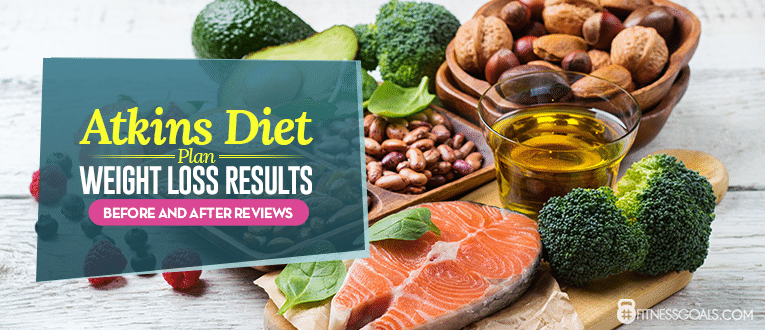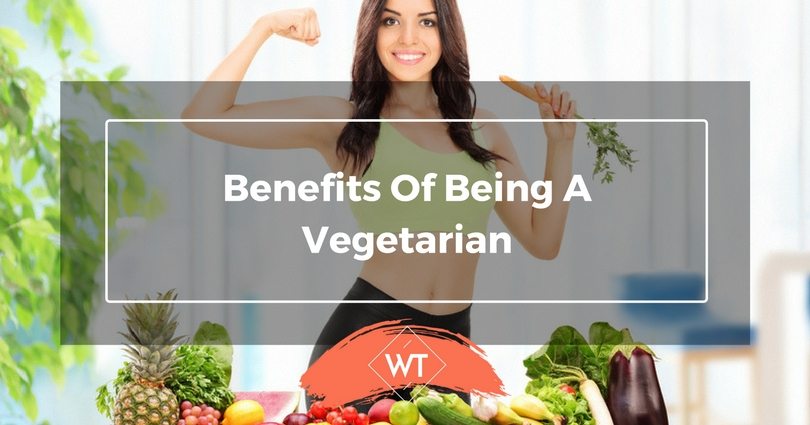
Protein powders can help you achieve your fitness goals whether you are vegan or vegetarian. It is also a great source for iron and vitamin A. However, you need to ensure that the vegan protein powder contains healthy ingredients. Here are some tips for choosing the best one.
First, look for a vegan protein powder that is gluten free and made with wholesome ingredients. It must not contain artificial flavors, sweeteners, soy or GMO ingredients. Look for a product that has been tested by third parties. This means that all ingredients have been tested independently to ensure that they don't contain any toxic chemicals.
Functional ingredients like MCT oils and turmeric can be found in vegan protein powders. While these ingredients can be beneficial to some, they may not be appropriate for all. This is because some herbs can interact with certain medications or may not be suitable for pregnant women or those with food allergies.

A vegan protein powder could also include ingredients like hemp, peas, and rice. They might also include stevia and sucralose sweeteners. Some vegan protein powders may also contain caffeine. You can make vegan protein powder more flavorful by adding citrus fruits, spices, or extracts.
A complete protein contains all nine essential amino acids. Plant-based foods can be "nearly complete", which could mean they are lacking essential amino acid such as lysine or sulfur-containing aminos. A health professional can help you determine if a vegan protein supplement contains all the necessary amino acids. There are many plant-based proteins in vegan protein powders. This gives you a more robust profile of amino acids.
Optimum nutrition's vegan protein product powder is non-GMO. It's gluten-free, and it contains 24g of protein per serving. It also contains 3g of fat. It is also made from USDA certified organic ingredients.
Aloha Protein Powder is another powder that is free of gluten. It includes a complete amino-acid profile, along with electrolytes and probiotics. This powder is also free from dairy, egg, and soybean allergens. It is a great source of protein and contains three billion CFU probiotics. Mix it with oatmilk to get a higher-calorie version.

Another vegan protein powder with a complete amino acid profile is Ritual Essential Protein Daily Shake 18+. It also contains vanilla and natural flavor. It is also certified Informed Sport gluten-free. You can mix it with milk, oats or banana. It can be added to your smoothies, baked goods, and other recipes.
Vega Sport Premium Powder Protein Powder offers the highest levels of protein per ounce. It contains a proprietary mixture of proteins, which includes raw organic hemp seeds protein, raw cranberry and pea protein. It can also mixed with almond milk, coconut water, or water.
FAQ
What's the difference between a calorie and kilocalorie?
Calories are units used to measure the amount of energy in food. Calories is the unit of measurement. One calorie contains the energy needed to raise the temperature of one gram of water by one degree Celsius.
Kilocalories are another way to describe calories. Kilocalories can be measured in thousandsths of one calorie. 1000 calories, for example, equals one kilocalorie.
Improve immunity with herbs and supplements?
To boost immunity function, herbs and natural remedies are available. Ginger, garlic, ginger, oregano oils, echinacea and ginkgo biloba are some of the most common.
These herbs should not be considered as a substitute for conventional medical treatment. They may cause side effects such as nausea, diarrhea, stomach cramps, headaches, dizziness, and allergic reactions.
What are the 10 best foods to eat?
These are the top 10 foods to eat.
-
Avocados
-
Berries
-
Broccoli
-
Cauliflower
-
Eggs
-
Fish
-
Grains
-
Nuts
-
Oats
-
Salmon
These are five tips to help you lead a healthy lifestyle.
Here are five ways to lead a healthy lifestyle.
Healthy living means eating right, exercising regularly and getting enough sleep. It also involves managing stress and having fun. Healthy eating means avoiding sugary and processed foods. Exercise strengthens your muscles and helps you lose calories. Sleeping well improves concentration and memory. Managing stress reduces anxiety and depression. And finally, having fun keeps us young and vibrant.
What is the difference of fat and sugar?
Fat is an important energy source, which comes from food. Sugar is naturally found in fruits and veggies. Both fats and sugars provide the same number of calories. However, fats provide more calories than sugars.
Fats are stored in your body and can cause obesity. They can lead to cholesterol buildup in the arteries, which could cause heart attacks or strokes.
Sugars provide instant energy and are rapidly absorbed by the body. This causes blood glucose levels rise. High blood glucose levels are dangerous as it can increase the likelihood of developing type 2 diabetes.
Is it possible to have a weak immune system due to being cold?
Being cold gives you a weaker immune system because when you are cold, your body produces less white blood cells which fight infections. But, cold makes you feel better. Your brain releases endorphins that reduce pain.
What's the difference between a virus & a bacterium?
A virus, a microscopic organism that can not reproduce outside of its host cells, is called a virus. A bacterium (or single-celled organism) reproduces by splitting itself into two. Viruses are very small (about 20 nanometers) while bacteria are larger (up to 1 micron).
Viruses can spread from contact with bodily fluids that are infected such as saliva, urine or semen. Bacteria are usually spread through direct contact with contaminated objects or surfaces.
Viral infections can be transmitted through skin cuts, scrapes and bites. They can also enter the body through the nose and mouth, eyes, ears or rectum.
Bacteria can get into our bodies through cuts, scrapes and burns, insect bites, or other skin breaks. They may also come into our bodies through food, water, air, soil, dust, or animals.
Both bacteria and viruses can cause illness. But viruses do not have the ability to multiply within their hosts. So they only cause illnesses when they infect living cells.
Bacteria can multiply within their hosts and cause illness. They can spread to other parts of our bodies. We need antibiotics to get rid of them.
Statistics
- According to the 2020 Dietary Guidelines for Americans, a balanced diet high in fruits and vegetables, lean protein, low-fat dairy and whole grains is needed for optimal energy. (mayoclinichealthsystem.org)
- According to the Physical Activity Guidelines for Americans, we should strive for at least 150 minutes of moderate intensity activity each week (54Trusted Source Smoking, harmful use of drugs, and alcohol abuse can all seriously negatively affect your health. (healthline.com)
- This article received 11 testimonials and 86% of readers who voted found it helpful, earning it our reader-approved status. (wikihow.com)
- In both adults and children, the intake of free sugars should be reduced to less than 10% of total energy intake. (who.int)
External Links
How To
27 steps to live a healthy life even if your family eats only junk food
It is easy to eat healthy when you cook at home. It can be difficult to prepare healthy meals at home. This article will help you make healthier choices while dining out.
-
Look for restaurants that offer healthy choices.
-
Order salads, vegetables and meat before placing your order.
-
Ask for sauces made without sugar.
-
Avoid fried items.
-
Choose grilled meats over fried.
-
Don't order dessert unless your really need it.
-
After dinner, make sure you have something to eat.
-
Always eat slowly and chew your food thoroughly.
-
Take plenty of water with your meals.
-
Breakfast and lunch should not be skipped.
-
Every meal should include fruit and vegetables.
-
Choose milk over soda
-
Avoid sugary beverages
-
Limit salt intake in your diet.
-
Limit how many times you dine at fast food outlets.
-
Ask someone to join if temptation is too much.
-
Don't let your children watch too much TV.
-
Turn off the television during meals.
-
Avoid energy drinks
-
Take regular breaks at work.
-
Get up early and go for a run.
-
Every day, exercise.
-
Start small and increase your knowledge slowly.
-
Set realistic goals.
-
Be patient.
-
Exercise even if it's not your favorite thing to do.
-
Positive thinking is key.